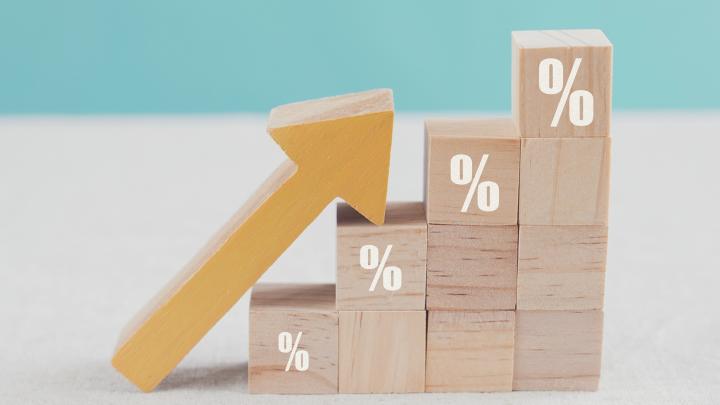What’s Next for Net Lease?
An uncertain outlook ahead, but opportunities still available for net lease investors within industrial and PE-sponsored sale-leasebacks
The effect of rising interest rates registers in many ways around the real estate world, but perhaps the starkest impact can be seen in the investment volume differential in one of CRE’s most popular sectors. Net lease investment volume decreased roughly 35% year over year in the third quarter, according to Jason Patterson of W. P. Carey. The VP of investments at one of the largest diversified net lease REITs notes the Fed’s impact on market players has been far-reaching.
“Net lease volume prior to the Fed moves had been near or at record levels so the run-up in rates certainly impacted people getting on the same page with the value of real estate or what they were willing to commit to on a cap rate basis,” Patterson said. “A high level of volatility in a space where people are making long-term investments is not the ideal environment.”

A Debt Market in Disarray
Call it a pause, a disconnect, or total debt market disarray, 2022 has brought major headwinds to a CRE industry and net lease sector that have gotten accustomed to cheap capital. Yet, Patterson reports still seeing a lot of attractive opportunities in the market.
“Private equity-backed sellers or tenants continue to use sale-leasebacks as an attractive form of unlocking tied-up capital in their acquisitions, a counter-inflationary move that in some cases has been beneficial to us,” he said. “They’re viewing it more and more as a regular, very attractive component of the capital stack, which I think is good from a broad industry perspective.”
Unencumbered by rising capital costs, equity investors have certainly found more room to work within the net lease market
“The current environment favors people in a high certainty or all-cash type of capital structure like W. P. Carey,” Patterson said. “We’ve seen increased focus on certainty of close as levered buyers signed up for deals maybe in the early part of the summer and then with rising debt costs their assumptions didn’t pan out. You see deals come back to market as more investors have to reevaluate pricing in this period of volatility.”
2023 Outlook
Citing the first half 2022 industrial deal volume exceeding more than 50% of the STNL market, Patterson forecasts that industrial product will continue to be a very attractive investment target. He added though that not all industrial product types are created or viewed equally.
“Rather than just lump everything into broad industrial, we’re looking for real estate that is extremely critical to operations for our tenants,” he said. “Maybe we’re willing to give up a little bit in terms of fungibility for increased certainty that tenants are going to renew and keep paying rent for the long term. Asset classes such as cold storage and food production are extremely important to users and they don’t have a ton of alternative options available.”
A $75 million sale-leaseback W. P. Carey completed in the second quarter embodies the above trends. The 25-year net lease for six mission-critical specialty manufacturing facilities totaling approximately 1.1 million square feet in three countries is backed by private equity.
“There continue to be more and more deals getting done with private equity sponsorship, and we’d expect that to largely continue in 2023,” Patterson said. “The trend, a positive one for the industry, really is private equity ownership looking toward sale-leasebacks.”

Related Topics:
You May Also Like:

- Recently Added
- WPC in the News
Sale-Leaseback Activity Expected to Grow as Capital Conditions Improve in 2026
After a slow start, sale-leaseback activity saw a resurgence in the second half of 2025. Early in the year, activity was dampened by uncertain fundamentals and macroeconomic headwinds, but...
Turning Real Estate into Opportunity: How Sale-leasebacks Fuel Business Growth
In today’s ever-changing macroeconomic landscape, companies are rethinking how they fund growth, maintain liquidity and improve balance sheet strength. One strategy that savvy companies are using is...